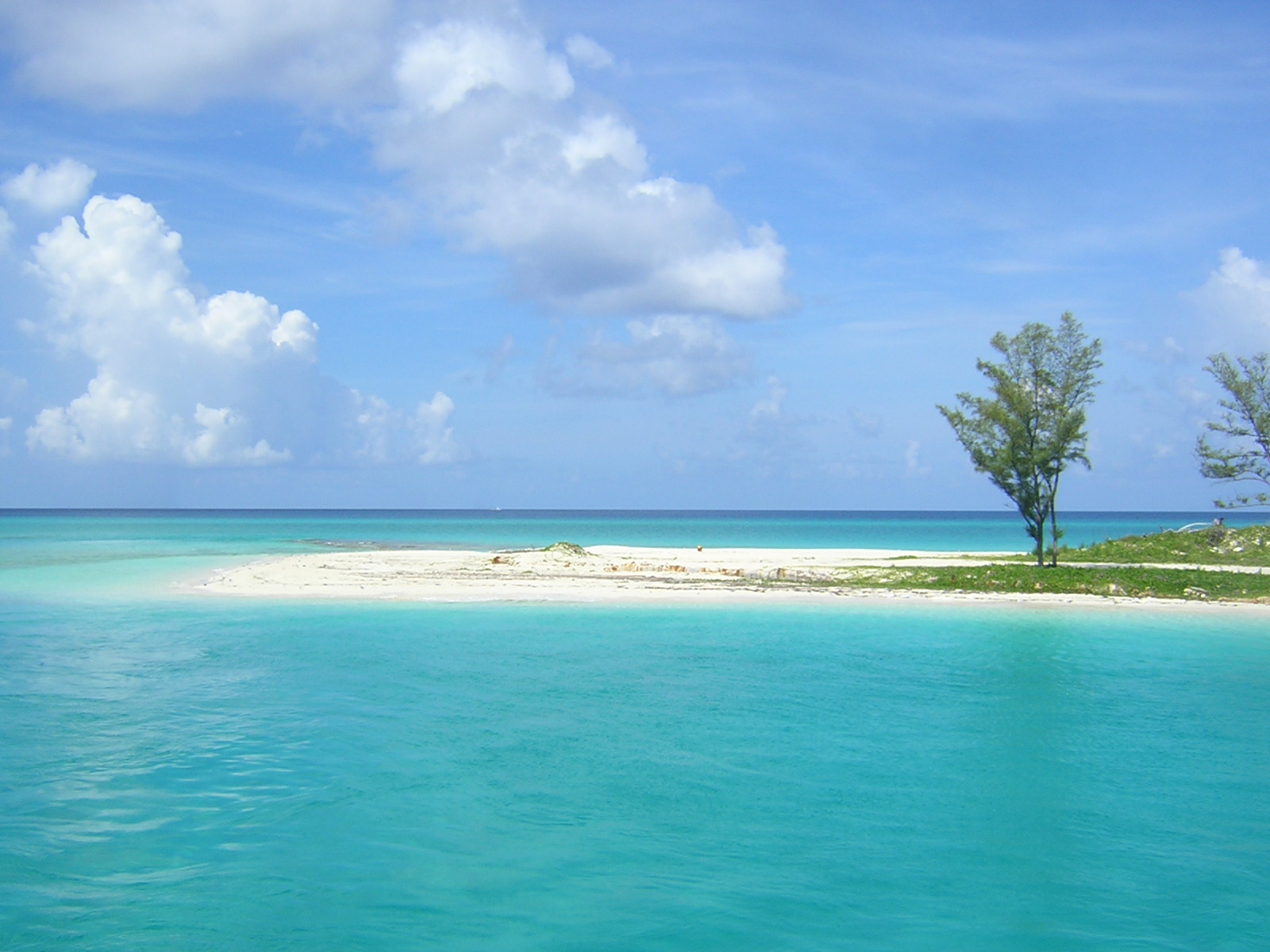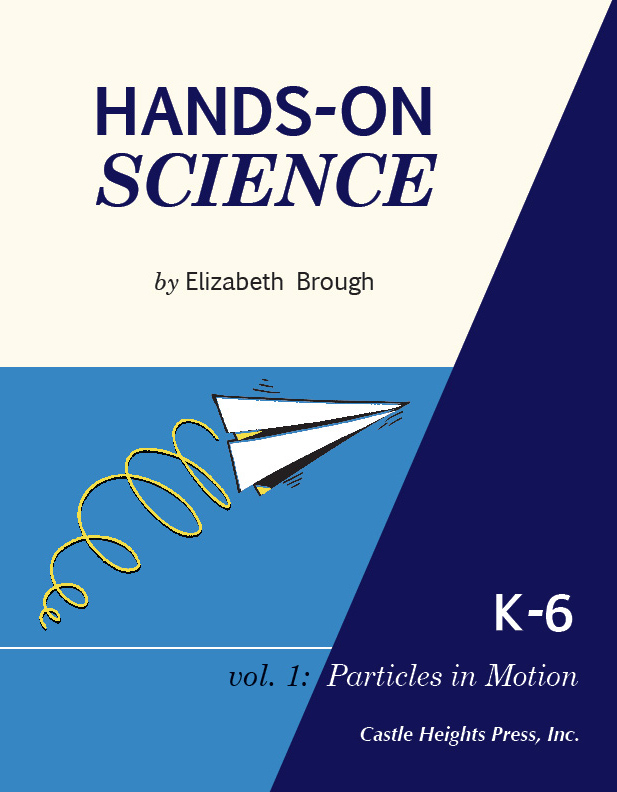
The Sea. Even the name has some kind of elemental drawing power. People have always been impressed by its size and power. Boats and trading routes have been important to people since early times. But, how can you study the ocean when you are landlocked? How can homeschoolers in Ohio study the sea? Does Galveston hold all the keys to the study of the gulf or can you take a trip to the ocean at home?
In the United States and, perhaps, in other parts of the world, the oceans are under siege. Life in the sea has always been in jeopardy from natural events, but today we have additional manmade problems.
Some oceanic problems are: the quality of the beaches, the number and amount of fishes available for catching, and the presence and diversity of life in the upper reaches of the seas.
These three problems are suitable for study for homeschoolers because they are concrete, real problems which can be studied from long distance, if necessary. The first can even become an action project, too, especially since there are so many lakes and water fronts across the United States. The problems suggested also present complex legal issues which are excellent starting points for discussing our complicated life as Christians living in a republic.
The quality of the beaches may have changed since your grandparents were growing up….
If you have access to a beach you may decide to conduct interviews in an attempt to document any changes the beach may have undergone whether good or bad.
Young people of thirty or less may not be able to remember the state of the beach in the 1950’s, so you will have to interview some older people to add the perspective of years. Try to get copies of pictures if you can. By the way, this activity can be done at any beach, oceanic or freshwater.
Changes to look for:
- Presence of private homes on the beach itself.
- Presence or absence of garbage on the beach. What types of trash are found?
- Beach closed or open to auto traffic
- Distance to shore for fishing trawlers changed.
- Has the average size of fish changed in the last two decades?
- Addition of groins out into the water to help build up the beach. (Or allowing them to fall into disrepair or removed totally)
- Condition of the substrate (sand ) under the water just off shore has changed. Is it mostly sand or is it silty?
- What are the dangers of the beach to children? Example: In the 1950’s, children were warned to only go in the water ankle deep while beachcombing alone and to avoid stepping on man-o-wars. Now, children should not even go alone and when beachcombing they should be wearing shoes because of the new hazards of the beach.
These are examples of changes which may have happened on your beach in the last sixty years or more. The nice thing about this project is that action can take place after the research is done. Beaches can be cleansed of rubble. Groins can be build to add to beaches. Regulations can be made or merely enforced. This kind of project can bring lasting good to a community.
The decline of the fishing industry in the United States is proceeding as it has in many other countries….
Since no one owns the fish no one has an interest in regulating their harvest. The government has taken this job but as we know the government has many conflicting interests. In this case, the fish which are allowed to be taken are now smaller and they can be taken from places which are sometimes the breeding grounds of the fishes. Replacement of the populations must take place, or the breeding stock will have been eaten.
The project for homeschoolers is really a research project. The student should take one type of fish and trace the regulations governing the harvesting of that fish from about 1900. Your student can make charts showing the size allowances through the years and the number allowed to be caught. Remember that commercial fisheries have different rules and allowances for the catch. Determine the breeding habits of the fish and compare that to the methods be which they are caught. Remember, this project should be for only one type of fish.
The last topic concerns the uppermost reaches of the oceans:
Life in the oceans depends upon the surface.
The light from the sun hits the surface of the water and is either reflected or is admitted. The light which penetrates the surface goes down to a point where the light can no longer pass. This area of upper ocean is the euphotic zone. In this region, plants can grow using the light from the sun to produce food. The phytoplankton and zooplankton and the organisms which live off of them all depend upon the transmission of light. Anything which will block off this light is a hazard to the organisms. In addition, the dangerous frequencies of light called ultraviolet radiation (UV) can harm the organisms of this region. If the UV radiation were increasing, the life of the upper region, the euphotic zone, would be in jeopardy.
God designed into the Earth’s ecology, a system of checks and balances, but man’s lack of wisdom may have created umbalances which can jeopardize life in the oceans. Homeschoolers can measure and research these possible changes.
These facts give us lots of possibilities for research!
Even without a nearby ocean, a homeschooler can get sea salts from the pet store and recreate some of the upper levels of the oceans by adding water.
Using a photocell, a student can measure the light passing through the top few feet of the sea, or through any type of pollution, like suds or oil. The UV passing through water can be measured by shining a UV light down into the tank at a photocell.
I had one student who hatched brine shrimp (from the local pet store), irradiated them with UV, recorded the results, drew conclusions, and won a science fair competition.
We’ll be posting more articles in the coming weeks on projects and experiments you can do in your homeschool to study the ocean. Stay tuned! You may wish to subscribe to the RSS feed so you don’t miss anything!

